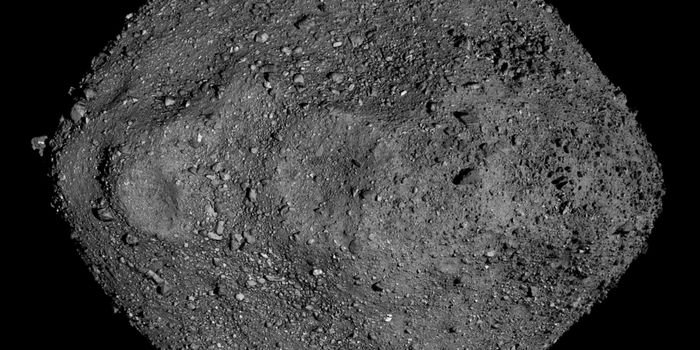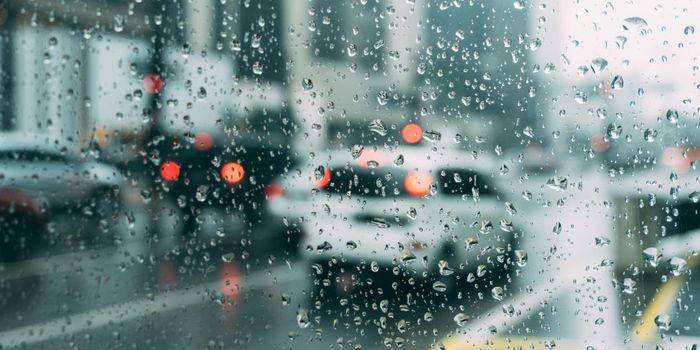What We Know About the Tonga Volcano Eruption
Researchers at NASA are learning more about the Hunga Tonga-Hunga Ha’apai volcano days after its deadly eruption.
NASA researchers, led by Jim Garvin and Dan Slayback, are investigating the cause of the unprecedented explosion on January 15, 2022. The eruption occurred near the Kingdom of Tonga, a Polynesian country consisting of more than 169 islands in the Pacific Ocean, and triggered tsunamis and power outages that affected 80% of the population.
The Hunga Tonga-Hunga Ha’apai volcano, more commonly shortened to the Tonga volcano, rose above the water in 2015. It connected the two existing islands of Hunga Tonga and Hunga Ha’apai to create a single new island. In late December 2021, the volcano began its eruption, which was business as usual for a volcano of this nature. However, the more significant blast came on January 15, 2022, and the explosion obliterated the island, leaving only two small landmasses in its wake.
The eruption was one of the largest recorded to date. NASA researchers estimate that the blast was hundreds of times more powerful than the atomic bomb dropped on Hiroshima, Japan, in 1945. The amount of energy released was equivalent to an explosion of 4 to18 megatons of TNT. For comparison, the Mt. St Helens eruption had a power of 24 megatons of TNT, and Krakatoa had an explosion with the same force of 200 megatons of TNT.
“That number is based on how much [land] was removed, how resistant the rock was, and how high the eruption cloud was blown into the atmosphere at a range of velocities,” explains Garvin, chief scientist at NASA Goddard Space Flight Center.
The team of NASA researchers was able to understand the power of the explosion by synthesizing data from different sources. Before the explosion, they had mapped the geography of the volcano above and below the waterline by observing radar from the Canadian Space Agency, optical data from the satellite company Maxas, and sonar-based water-depth measurements.
The type of island created by the Tonga volcano is called a Surtsey island. Initially, the researchers were excited to study this kind of volcano because there aren’t many modern examples of Surtsey islands due to the islands quickly eroding after formation. Surtseyan eruptions occur under shallow water and cause unique interactions between the magma and water, creating a slurry of water, steam, and volcanic rock.
Usually, only a small amount of magma comes in contact with water in a normal Surtseyan eruption, but the Tonga eruption was different. Researchers predict that something weakened the rock foundation of the island and allowed massive amounts of water to contact the lava. This mixing of incredibly hot lava (1000 °C) with normal water temp (20 °C) caused a powerful explosion, which was further magnified in the confined space of the magma chamber.
“This was not your standard Surtseyan eruption because of the large amount of water that had to be involved,” Garvin said. “In fact, some of my colleagues in volcanology think this type of event deserves its own designation. For now, we’re unofficially calling it an ‘ultra Surtseyan’ eruption.”
The eruption was even seen in space, captured by the NOAA GOES-West satellite. These graphics from Reuters Graphics give a helpful comparison between the size of the explosion and many common landmasses. The initial eruption was a cloud of ash 24 miles across, approximately twice the length of Manhattan. Half an hour later, the ash cloud was more than 200 miles in diameter, and one hour after the initial explosion, it was over 400 miles wide. For comparison, the blast was almost the same size as the country of Spain and would have almost completely covered the state of Florida, USA.
Currently, there is very little communication with the Kingdom of Tonga, but officials report that at least three people have died in the ensuing tsunamis. Public health officials are also worried about the blanket of ash covering the island. Ash can contaminate freshwater supplies, and exposure to such levels of volcanic ash could cause health problems such as breathing difficulties and respiratory irritation. Currently, Tonga is receiving contactless foreign aid to prevent the spread of COVID-19 on their islands.
The team at NASA is eager to learn more about the Tonga eruption since it could teach us more about the landscape of mars. There are similar-looking features on Mars in several regions of the planet, so understanding the eruption could give us clues about how the red planet’s landscape was formed.
“Small volcanic islands, freshly made, evolving rapidly, are windows in the role of surface waters on Mars and how they may have affected similar small volcanic landforms,” Garvin said
Sources: NASA, Reuters Graphics, BBC, CNN








